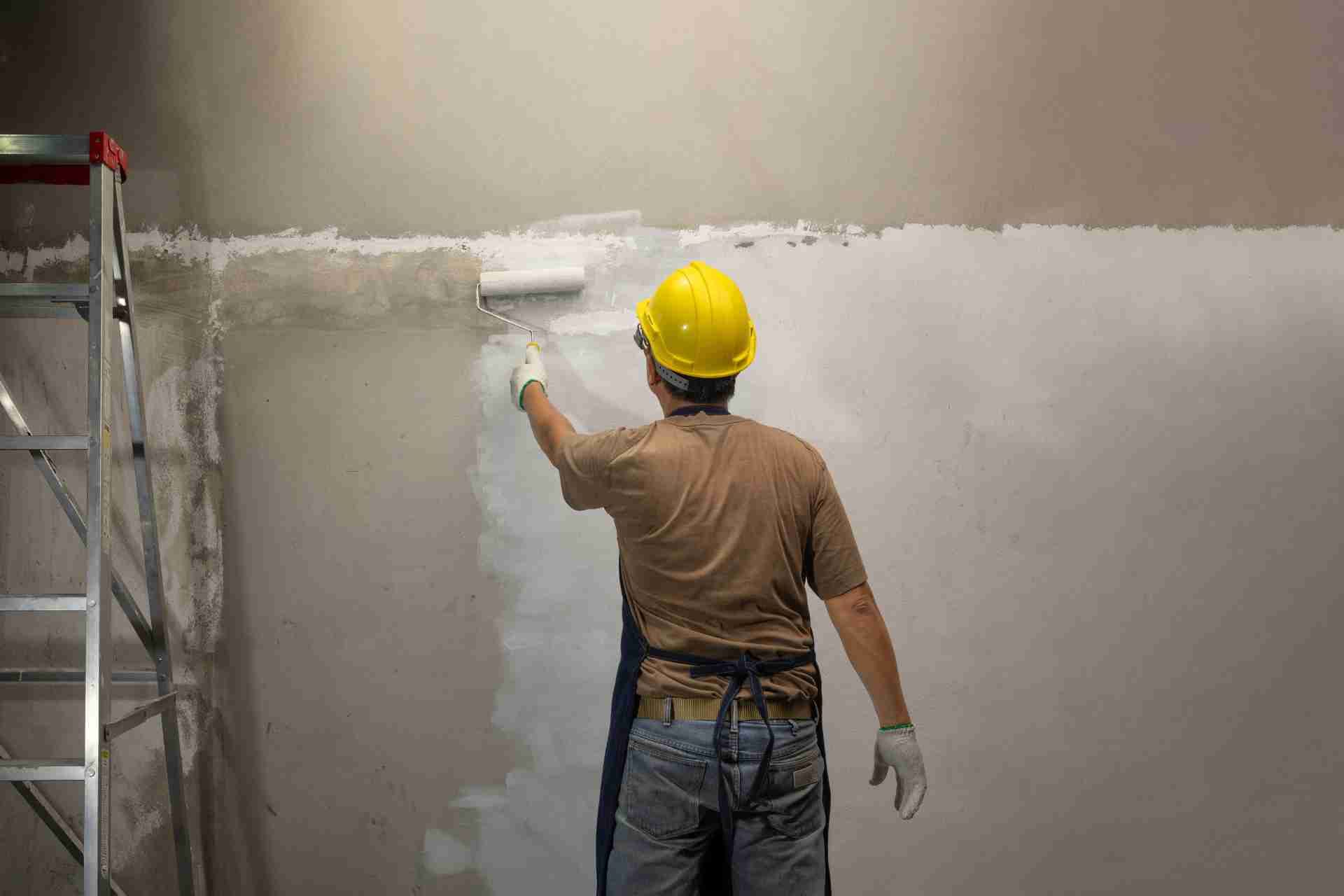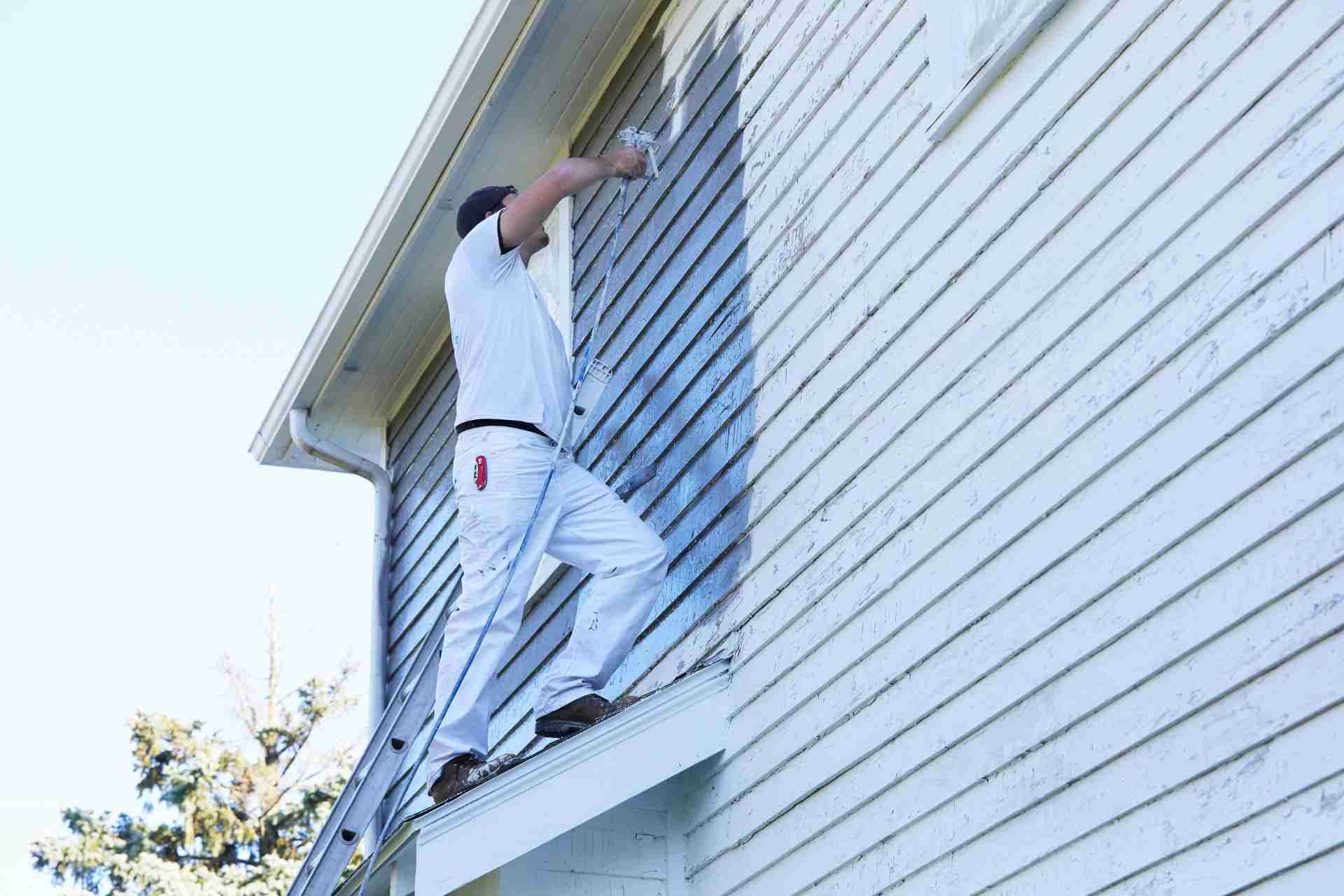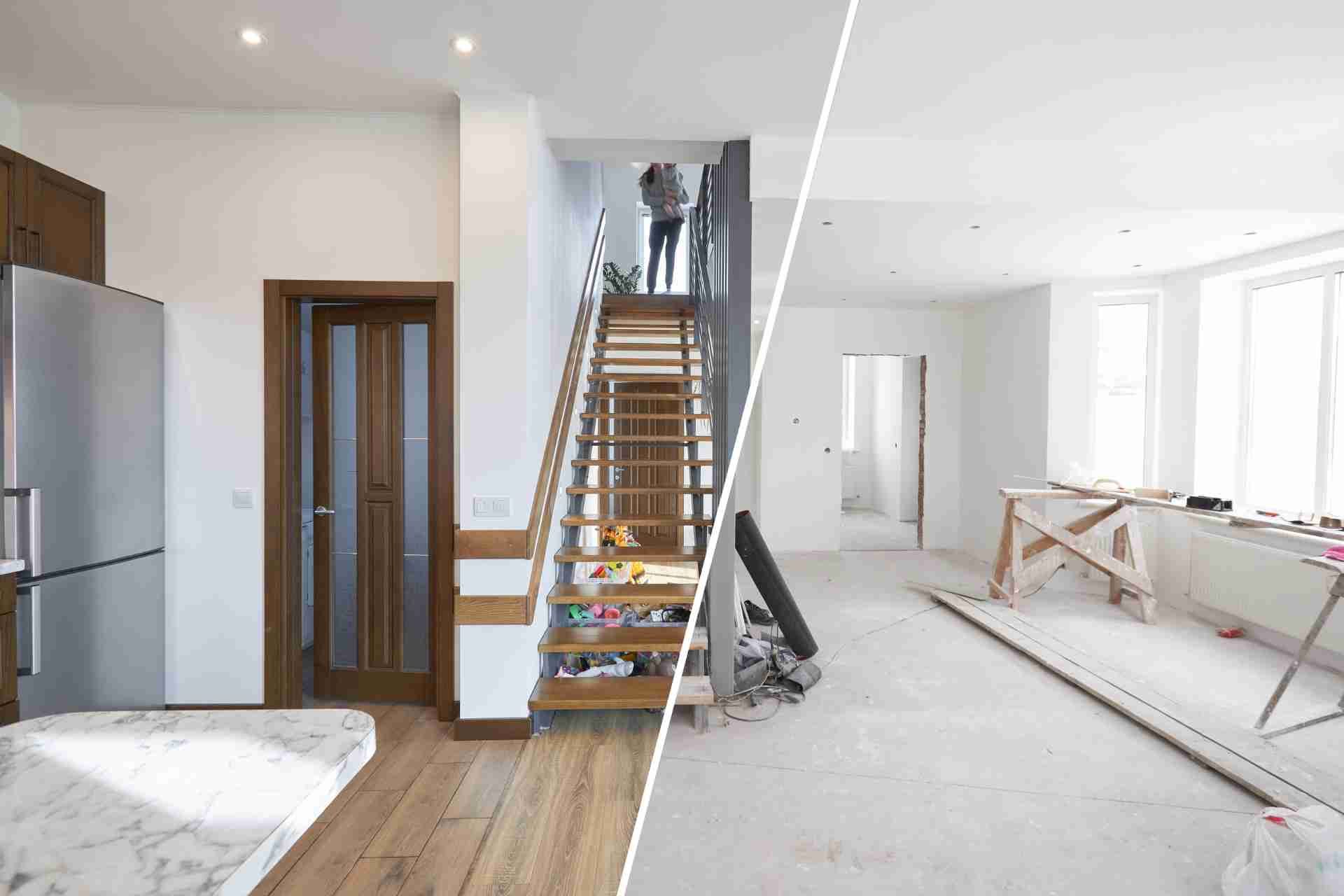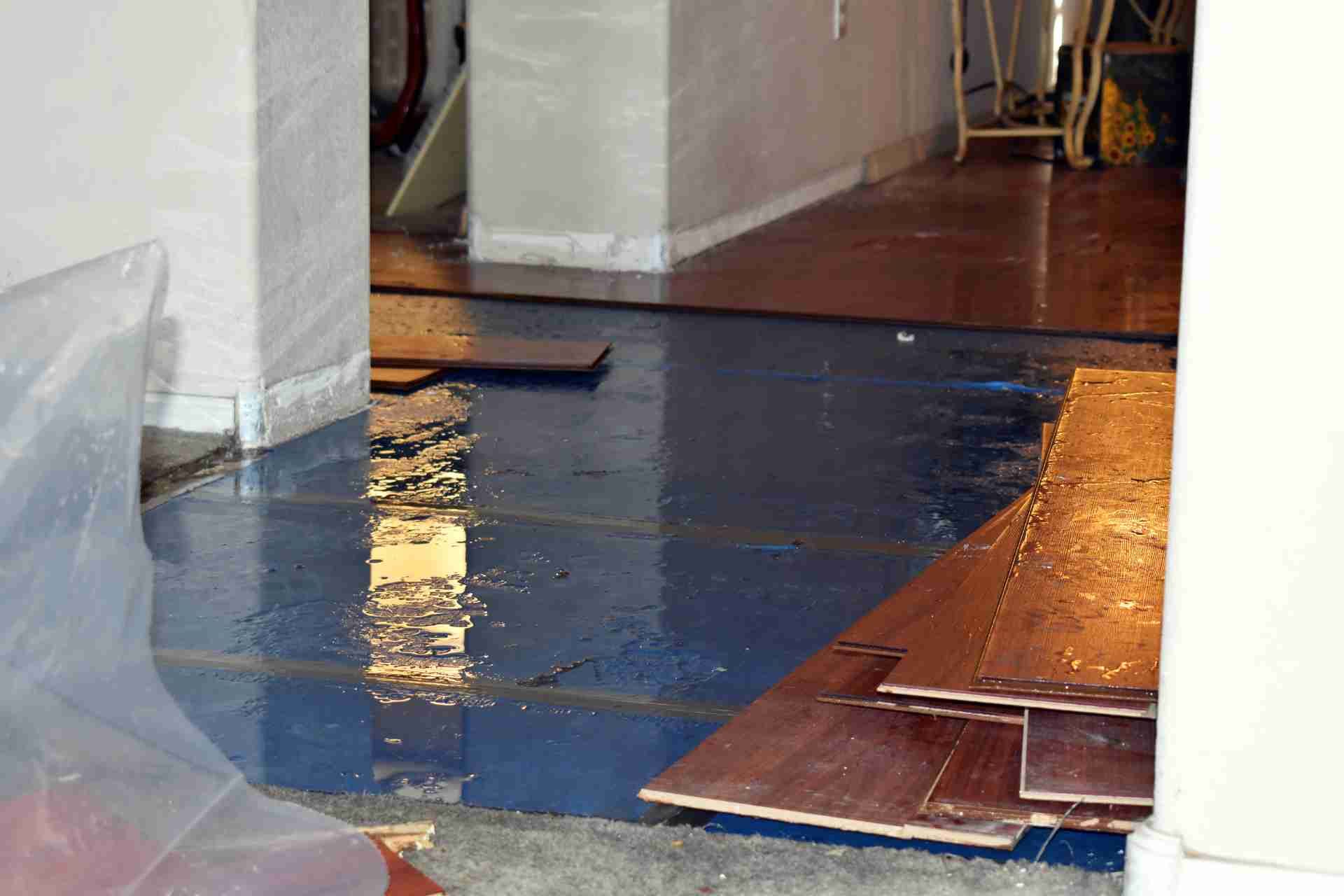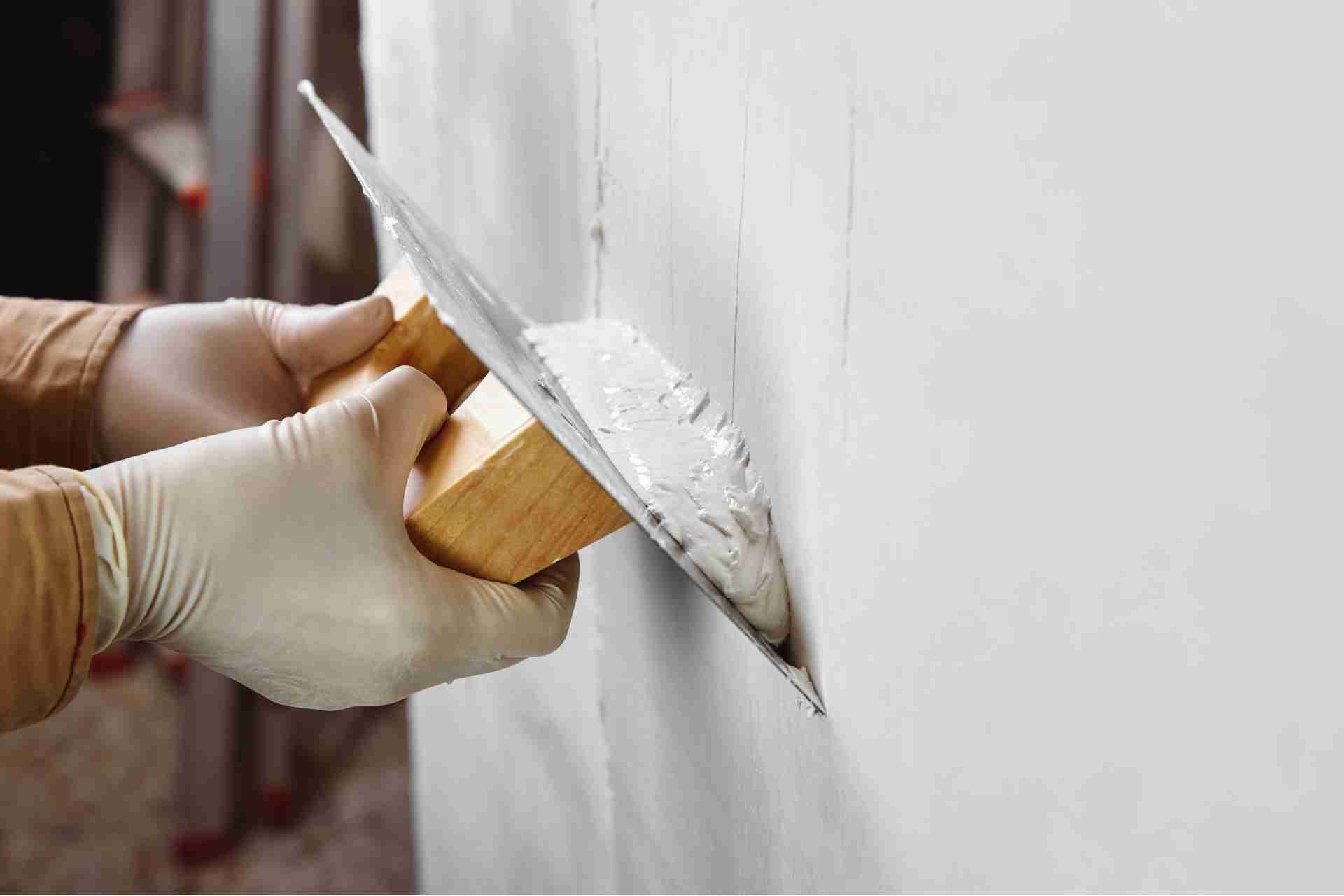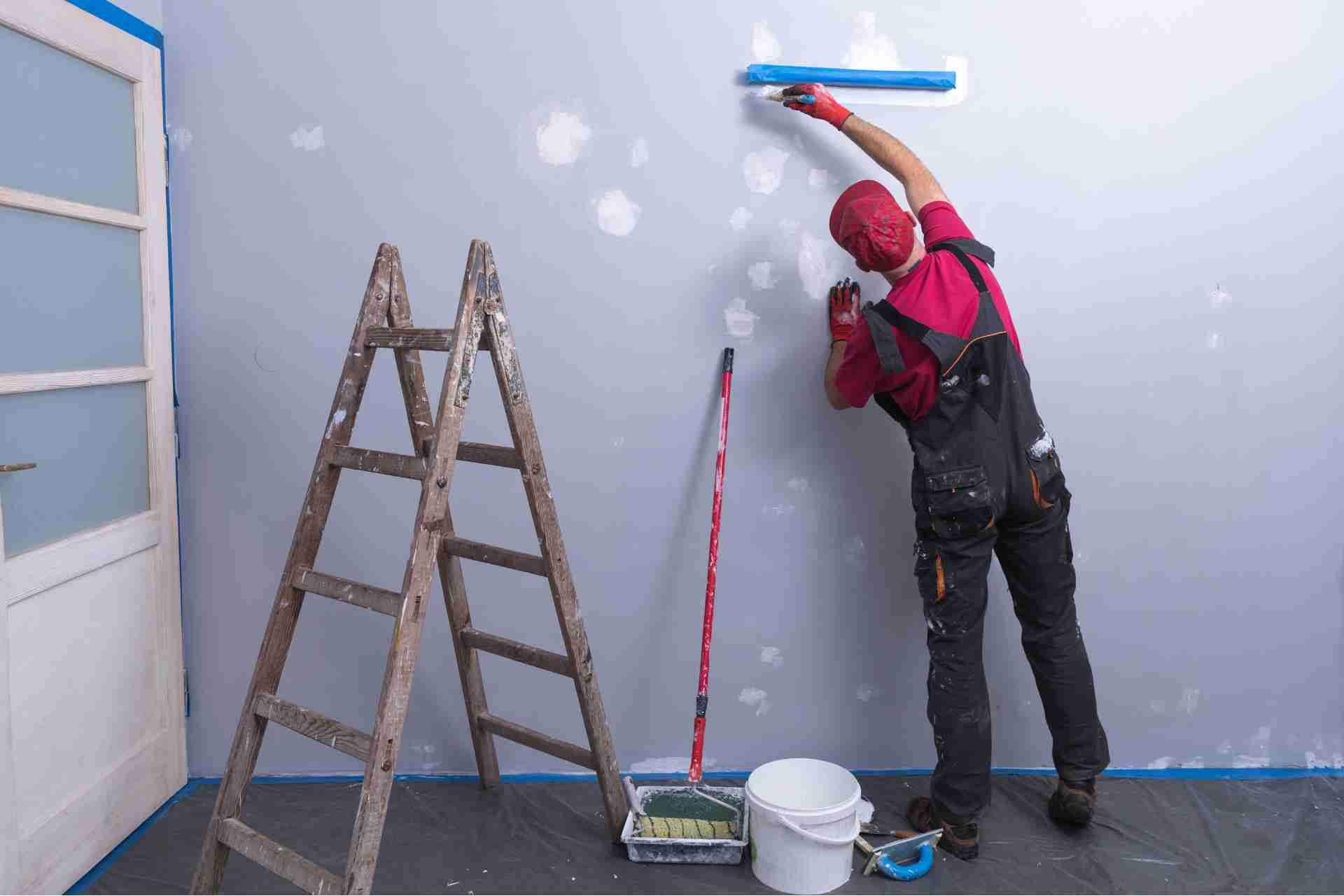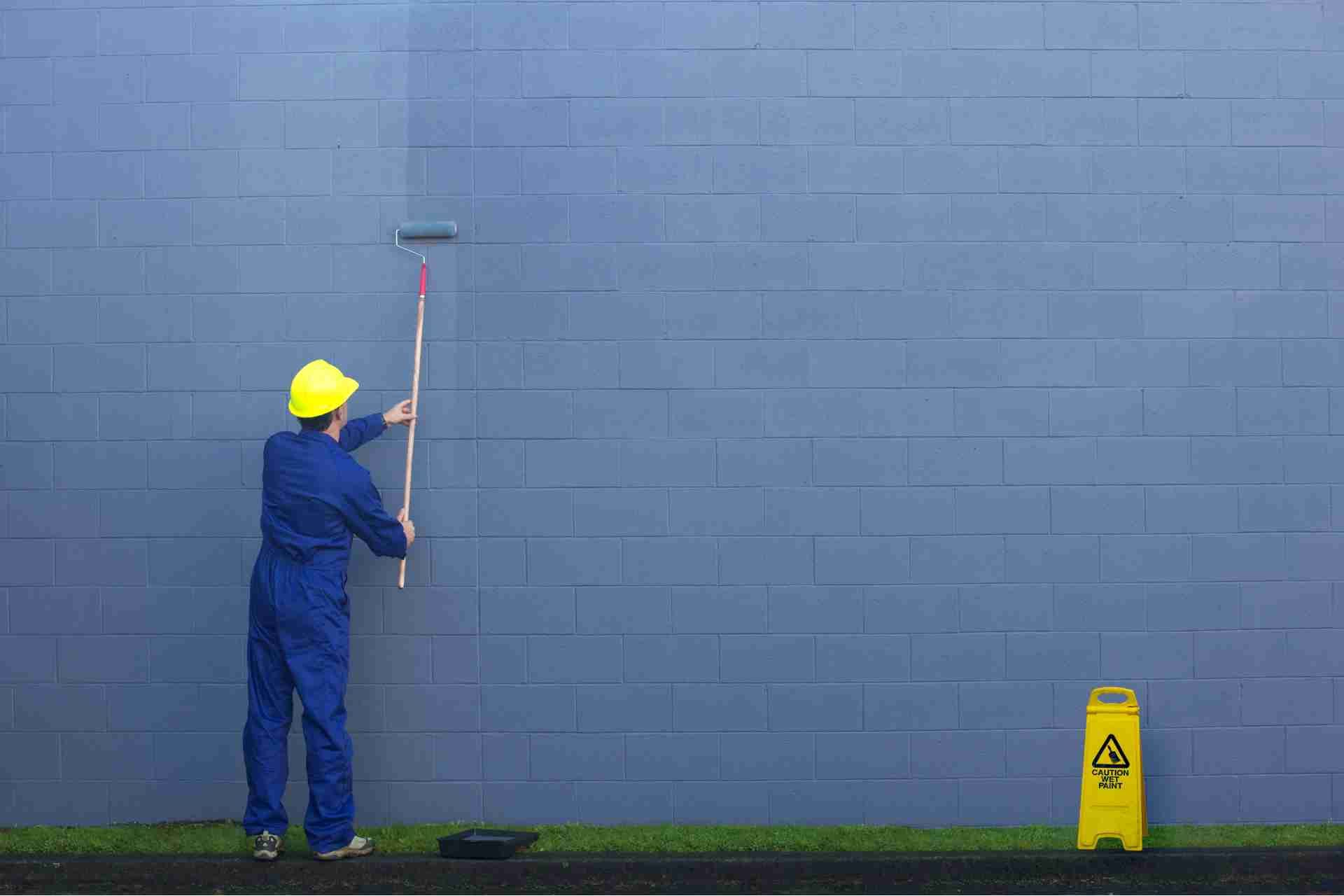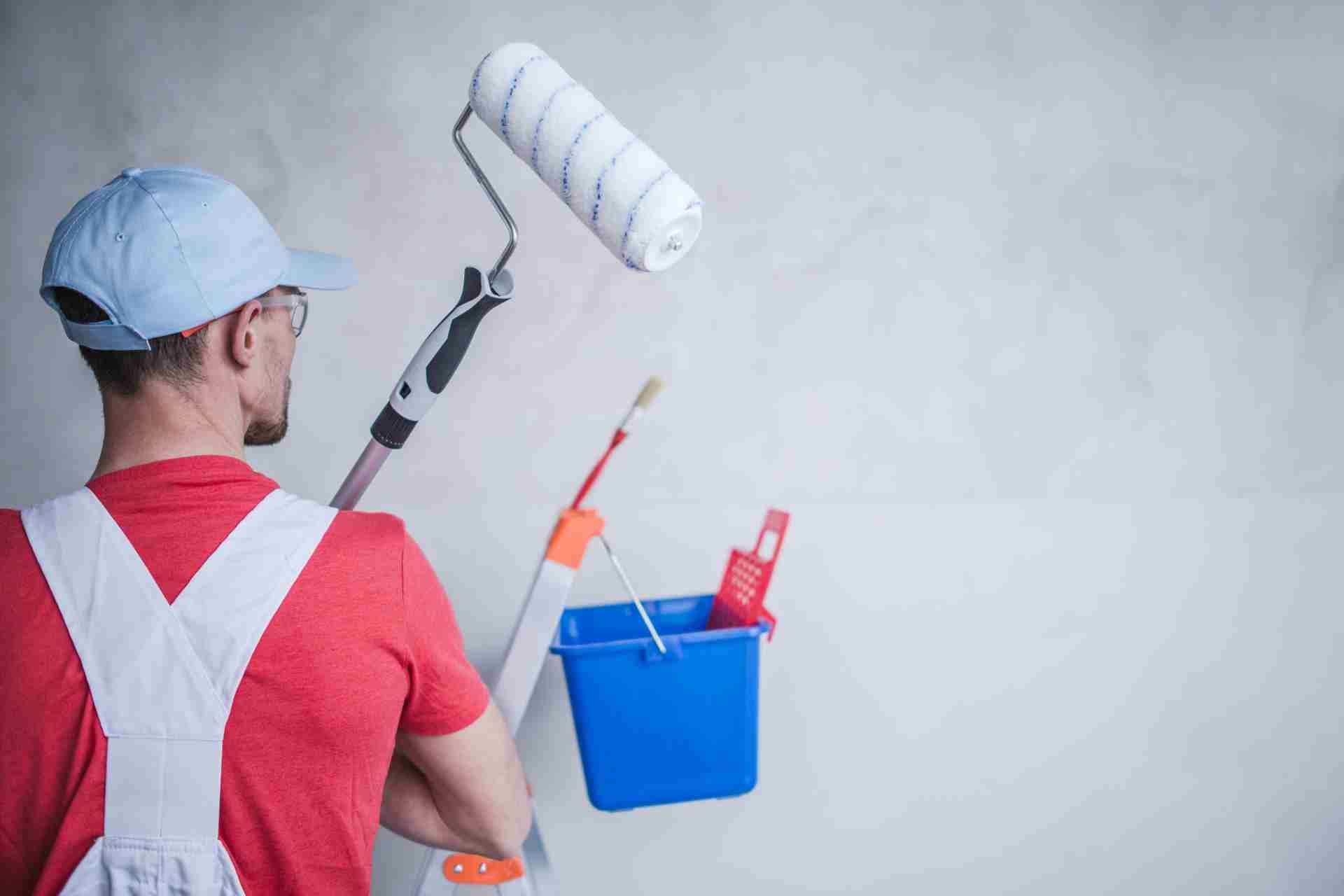Pros and Cons of Painting Vinyl Siding
Vinyl siding is a popular choice for homeowners looking to improve the exterior of their homes. It offers a wide range of benefits and advantages that make it a popular option for many people. Vinyl siding is a type of exterior siding that is made from polyvinyl chloride (PVC) resin. It is a durable and low-maintenance option that is designed to withstand the elements and last for many years. Vinyl siding is available in a wide range of colors, styles, and textures, making it easy to find the perfect option to suit your home's style and aesthetic.
However, over time, the color of the vinyl siding can fade or become outdated. This is why some homeowners may choose to paint their vinyl siding to give it a fresh new look. While painting vinyl siding can be a great way to update the exterior of your home, there are both pros and cons of painting vinyl siding to consider before taking on this project.
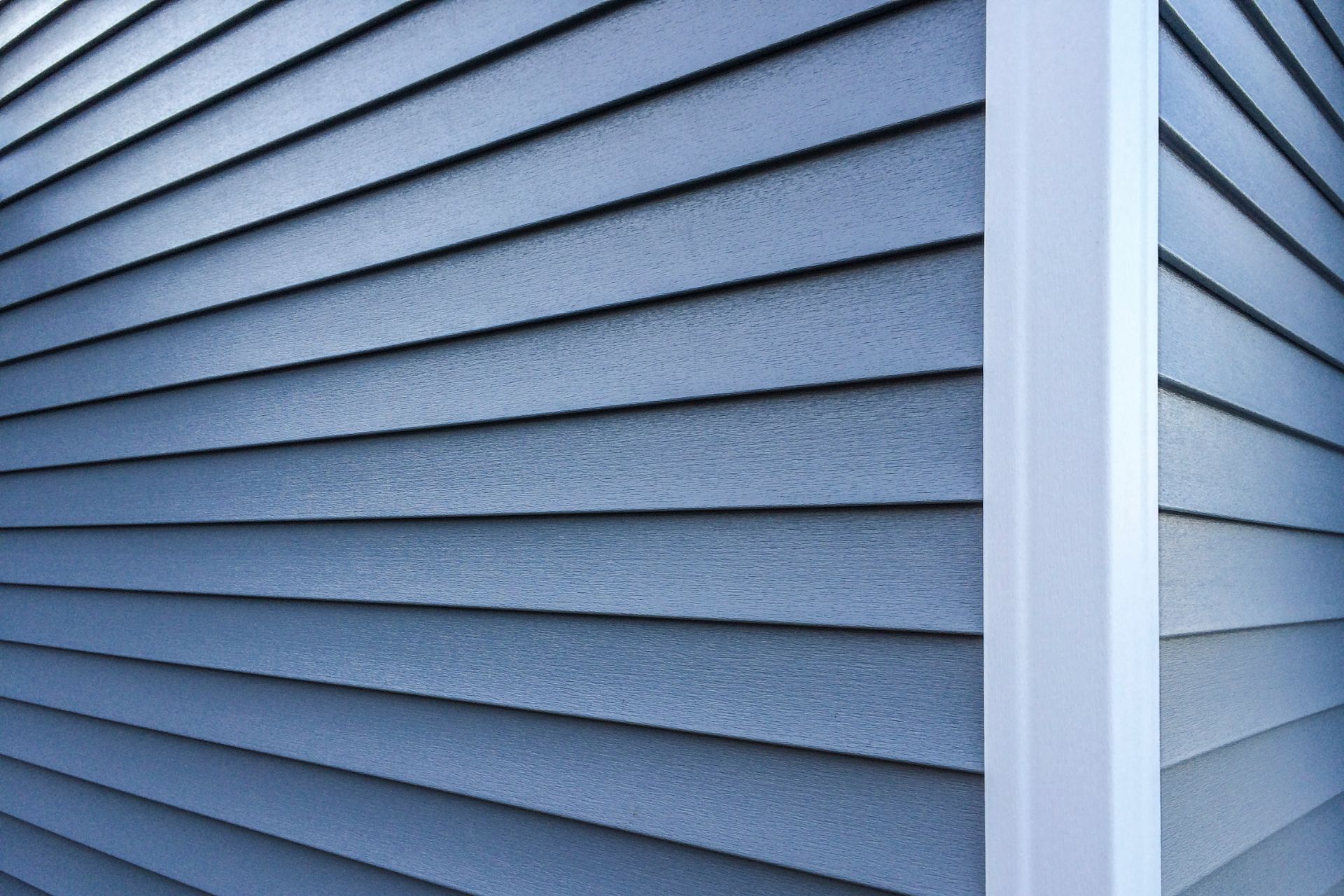
Pros of Painting Vinyl siding
While vinyl siding is known for its durability and low maintenance, it can start to look worn or outdated over time. Painting your vinyl siding can give your home a fresh, new look without the cost and hassle of replacing it entirely. Here are some of the pros of painting vinyl siding:
Cost-effective
Painting your vinyl siding is a cost-effective way to update the look of your home. Compared to replacing your siding, painting is a much more affordable option. You can choose from a wide range of colors to match your style and preferences, giving your home a completely new look for a fraction of the cost of replacement.
Increased curb appeal
Painting your vinyl siding can dramatically improve the curb appeal of your home. A fresh coat of paint can make your home look more modern and well-maintained, increasing its value and making it more attractive to potential buyers if you ever decide to sell.
Customization
With painting, you have the freedom to choose the color that best suits your home and personal style. Whether you want a bold, statement color or a more subtle, neutral hue, you can achieve the look you desire with paint. You can also easily update the color if you ever want to change it in the future.
Protection
In addition to enhancing the appearance of your home, painting your vinyl siding can also provide an extra layer of protection against the elements. The paint can help seal your siding and prevent moisture from seeping into the material, which can extend the life of your siding and prevent damage over time.
Easy maintenance
Painted vinyl siding is easy to maintain and clean. You can simply wash it down with soap and water to keep it looking fresh and new. Repainting your siding every few years can help maintain its appearance and protect it from wear and tear.
Cons of painting Vinyl siding
Although painting vinyl siding can seem like a cost-effective way to update the look of your home, there are several cons to consider before taking on this project.
Voided warranty
Many vinyl siding manufacturers have specific guidelines regarding painting their product. If you paint your vinyl siding against their recommendations, you may void the warranty on the material. This could leave you with expensive repair costs down the road if the siding becomes damaged or needs to be replaced.
Maintenance
Painting vinyl siding is not a one-and-done job. Vinyl siding expands and contracts with temperature changes, which can cause paint to chip, peel, or crack over time. This means you may need to repaint your siding every few years to keep it looking fresh, adding to the overall maintenance and cost of the project.
Limited color options
While painting your vinyl siding may give you more flexibility in choosing the color of your home, you may be limited in the shades available due to the specific type of paint that adheres to vinyl. This could result in a limited selection of colors that may not match your vision for your home.
Potential damage
Improperly applying paint to vinyl siding can lead to damage, such as water infiltration, mold growth, or warping of the material. If the siding is not prepared and painted correctly, it could result in costly repairs or replacement in the future.
Resale value
Painting vinyl siding may not increase the resale value of your home as much as you think. Potential homebuyers may see painted vinyl siding as a maintenance issue or may prefer the original color and material. This could impact the selling price of your home when it comes time to sell.
How to Paint Vinyl Siding
While painting vinyl siding may seem like a daunting task, with the right tools and techniques, you can achieve a professional-looking finish that will last for years to come.
Here are some tips on how to paint vinyl siding:
Step 1. Clean the surface
Before you start painting, it's important to clean your vinyl siding thoroughly to remove any dirt, mildew, or grease that may prevent the paint from adhering properly. Use a mixture of water and mild detergent to wash the siding, and rinse it off with a hose.
Step 2. Repair any damaged areas
Inspect your vinyl siding for any cracks, dents, or holes that need to be repaired before painting. Use a vinyl siding repair kit to patch up any damaged areas, and allow it to dry completely before painting.
Step 3. Prime the surface
To ensure that the paint adheres properly to the vinyl siding, it's important to use a high-quality bonding primer specifically designed for vinyl surfaces. Apply the primer with a brush or roller, and allow it to dry according to the manufacturer's instructions.
Step 4. Choose the right paint
When painting vinyl siding, it's important to use a paint specifically formulated for exterior surfaces. Look for a high-quality acrylic latex paint that is designed to withstand the elements and provide long-lasting protection.
Step 5. Paint in the right conditions
Choose a day with mild temperatures and low humidity to paint your vinyl siding. Avoid painting in direct sunlight, as this can cause the paint to dry too quickly and not adhere properly. Make sure to also check the weather forecast to ensure that there is no rain in the forecast.
Step 6. Apply the paint
Use a high-quality brush or roller to apply the paint to your vinyl siding in long, even strokes. Work in small sections, starting at the top and working your way down to ensure that the paint goes on smoothly and evenly. Allow the paint to dry completely before applying a second coat if necessary.
Step 7. Maintain your painted vinyl siding
To keep your newly painted vinyl siding looking its best, it's important to maintain it properly. Regularly clean your siding with a mixture of water and mild detergent to remove dirt and debris, and inspect it for any signs of damage or fading that may require touch-ups.
Choose Pine Tree Painting for Painting Vinyl Siding
When it comes to painting your vinyl siding, choosing the right contractor is key to ensuring a successful and long-lasting finish. One great option to consider for your vinyl siding painting job is Pine Tree Painting.
Choosing Pine Tree Painting for your vinyl siding painting job means you can trust in their professionalism, attention to detail, and commitment to customer satisfaction. With their expertise and top-notch services, you can rest assured that your home will look stunning and refreshed for years to come.
Contact us today or give us a call at +1 910-489-0554 to get started on your vinyl siding painting project.

